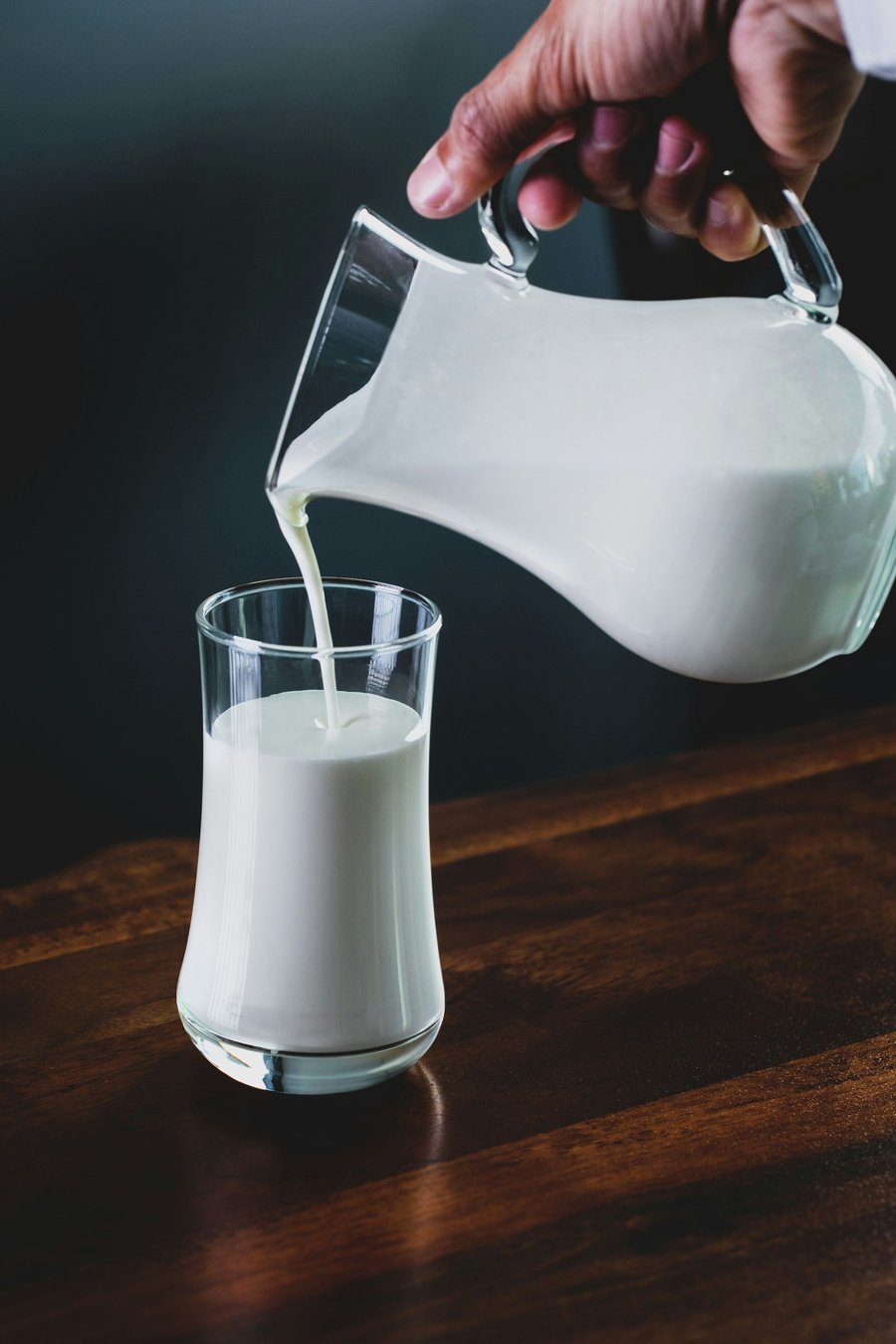What is lactose?
Lactose (milk sugar) is a sugar and a natural component of milk. Lactose is a disaccharide, which means that it consists of two sugar monomers (units). Lactose is broken down in the small intestine by the enzyme lactase into D-galactose and D-glucose. If the body produces too little lactase, the lactose cannot be absorbed and causes delayed lower abdominal pain, flatulence and diarrhea in the intestine. In this case, we speak of lactose intolerance.
What types of lactose intolerance are there?
Primary lactose intolerance:
- During infancy, the body produces lactase to be able to digest breast milk. However, most people lose the ability to produce lactase during childhood and are therefore no longer able to digest lactose properly later in life, meaning they develop primary lactose intolerance. The consumption of dairy products can then lead to symptoms such as lower abdominal pain, flatulence, diarrhea or other symptoms, which occur at the earliest half an hour after ingesting foods containing lactose.
Secondary lactose intolerance:
- Damage to the intestinal mucosa can lead to a deficiency of the enzyme lactase and therefore also to lactose intolerance. In contrast to primary (i.e. congenital) lactose intolerance, this is reversible and can regress.
Examples of foods containing lactose
| Food | Amount of lactose per 100g food |
|---|---|
| cow's milk | 4.8 g |
| Dairy products (yogurt, whipped cream, cream...) | about 2 to 4 g |
| cream cheese | about 3 g |
| Vanilla ice cream | 3.2 g |
While buttermilk, whey, kefir, whipped cream, crème fraiche, cottage cheese, cream cheese, yoghurt and curd cheese still contain relatively high levels of lactose, butter and semi-hard cheese contain less than 3g/100g. Long-ripened cheese in particular is almost lactose-free, as the lactose is converted to lactic acid by bacteria during the ripening process.

Good to know
Around three quarters of the world's population are lactose intolerant, with the highest incidence in Africa and East Asia. In Europe, around 5-15% of adults cannot tolerate lactose.
If lactose intolerance is suspected, 3 steps can help to reduce the symptoms in the long term:
- Restriction: 2-3 months lactose-free diet
- Test the tolerance limit: Then gradually integrate foods with a low lactose content into the diet.
- Individual diet: Depending on your personal tolerance threshold, your diet can be low in lactose or lactose-free. Please note that other factors such as stress, medication, smoking, alcohol, lifestyle, eating habits and/or inflammatory bowel disease can also influence the tolerance of lactose.
![[Report Bild]](/static/reportImages/laktose.jpeg)